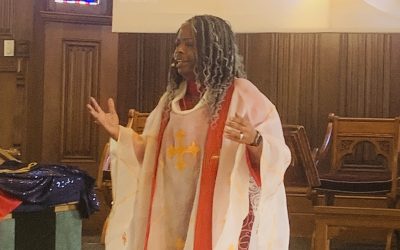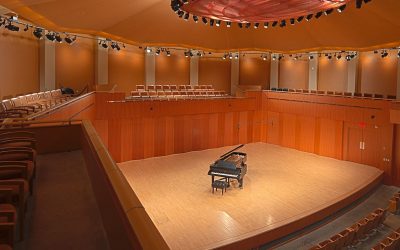Office Hours with Drew University’s Karen Pechilis
History as usable pasts that inform the present
June 2021 – This summer, we’re spending time in office hours with some of Drew University’s amazing faculty to learn about what interests and inspires them and their research.
Today, we’re talking with Karen Pechilis, Professor of History and Religion and Chair of the History Department.
What about your field interests you most?
Public history—using the past to inform our present-day decision making—is an exciting development in the field of history. Topics such as empires and exchange in global history, democracy’s inclusions and exclusions in U.S. history, and integration and fragmentation in European history absolutely have relevance to understanding our world today, and can best shape it moving forward.
Why does it fascinate you?
The relatively new relationship between history writing and creative nonfiction writing. It brings together two techniques to represent ‘what happened’—history’s demand for accuracy and creative nonfiction’s emphasis on vivid description and accessibility. Some authors are writers who choose historical topics (think Jared Diamond) and some are professional historians who publish in mass media (think Jill Lepore).
Explain the topic for us.
Jill Lepore’s
recent discussion of constitutionalism is an eye-opening example of using history to inform the present. She provides a counterpoint to the common narrative that the U.S. was both a source and beacon of constitutionalism. Rather, there were constitutions written in Corsica and Russia prior that contextualize the U.S. Constitution, and a deeper look at patterns of the hundreds of constitutions written across the globe into the 19th century shows that the violence of war was a central factor. Constitutions are not welded to democracy and can range from tyranny to responsiveness towards the populace, an enduring issue for today.
How do you bring the topic into the Drew classroom?
In fall 2021, I am offering a course on Writing History as Fact and Fiction, which delves into the relationship between history and creative nonfiction, and provides students with an opportunity to practice their own craft.



